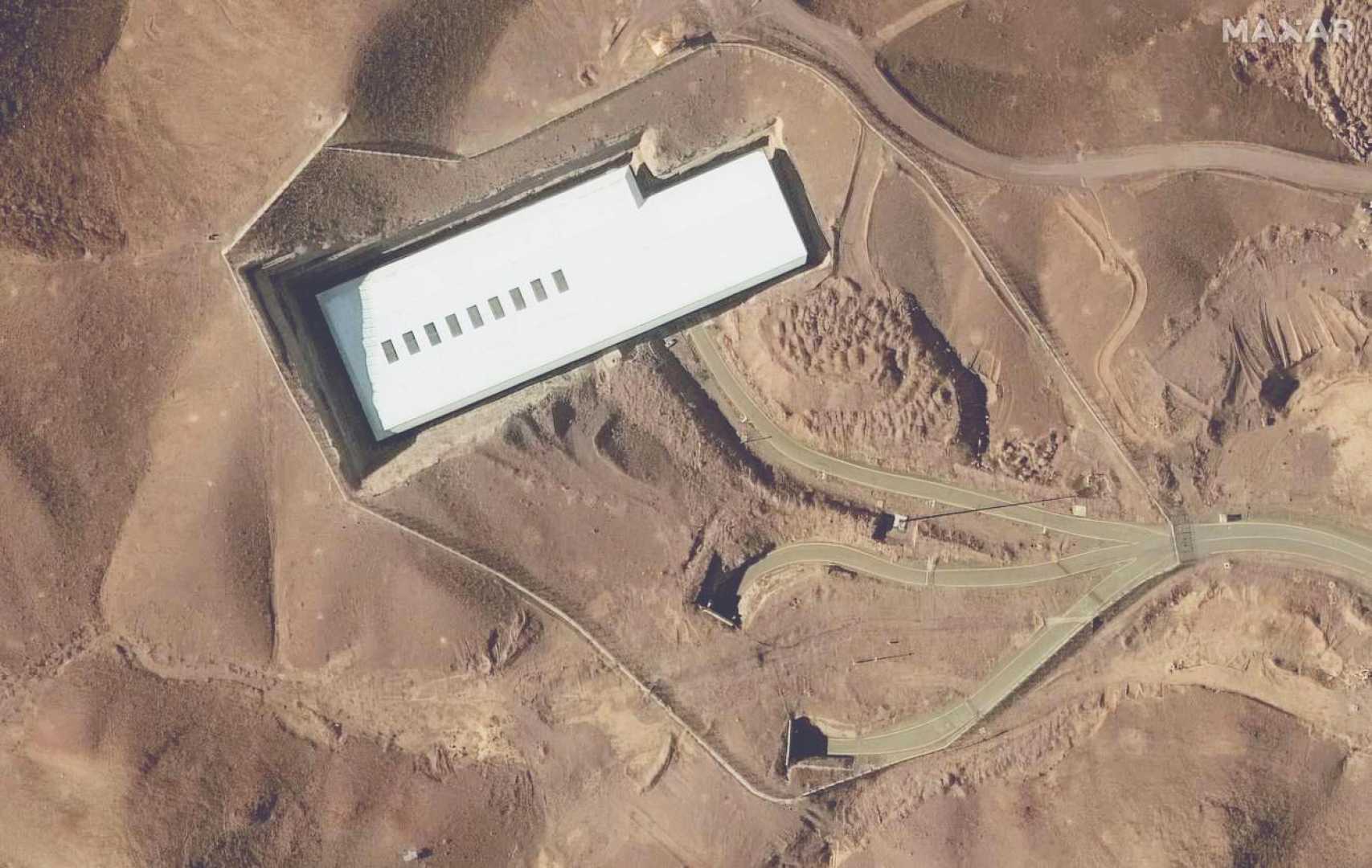News
U.S. Considers Bombing Iran’s Fordo Nuclear Facility Amid Rising Tensions

TEHRAN, Iran — The United States is contemplating military action against Iran’s Fordo nuclear enrichment facility, one of the country’s most fortified sites. The facility, buried deep within a mountain, could potentially be targeted with the GBU-57 Massive Ordnance Penetrator, a bomb that weighs 30,000 pounds and is only deployable by U.S. B-2 stealth bombers.
U.S. President Donald Trump acknowledged the possibility of using airstrikes on Fordo, stating, “I may do it. I may not do it.” Experts indicate that the site has significant defenses that would complicate any military strike.
Fordo, located 60 miles south of Tehran and near the city of Qom, has become crucial to Iran’s uranium enrichment activities. The facility’s depth—estimated to be between 260 and 360 feet below ground—presents challenges to any aerial assault.
“An attack would have to come in waves, with bombers dropping multiple bombs on the same target area,” said Heather Williams, a director at the Center for Strategic and International Studies.
While some experts argue that a direct hit from a GBU-57 would likely cause extensive damage, the mission would pose significant risks. “We don’t know enough about what lies beneath the surface,” noted Rafael Grossi, director-general of the International Atomic Energy Agency (IAEA).
There are other alternatives for Israel, such as prolonged airstrikes or targeted sabotage, to disable Fordo without risking large-scale bombing. Military analysts mention the potential to bomb air vents, collapse tunnels, and cut off electricity to the facility.
Recent estimates suggest that Iran could turn its current supply of 60 percent enriched uranium at Fordo into weapons-grade material in mere weeks, raising concerns about the site’s role in potential nuclear weapon development.
Furthermore, historical satellite images reveal that Fordo’s construction began in the early 2000s as a contingency against potential military strikes, further complicating any planned assault.
Despite the difficulties, former U.S. officials assert that achieving a secure resolution will likely require diplomatic efforts rather than military ones. “You can’t destroy knowledge and expertise,” said Scott Roecker of the Nuclear Threat Initiative. “The most effective solution is to repurpose the facility through negotiations.”












